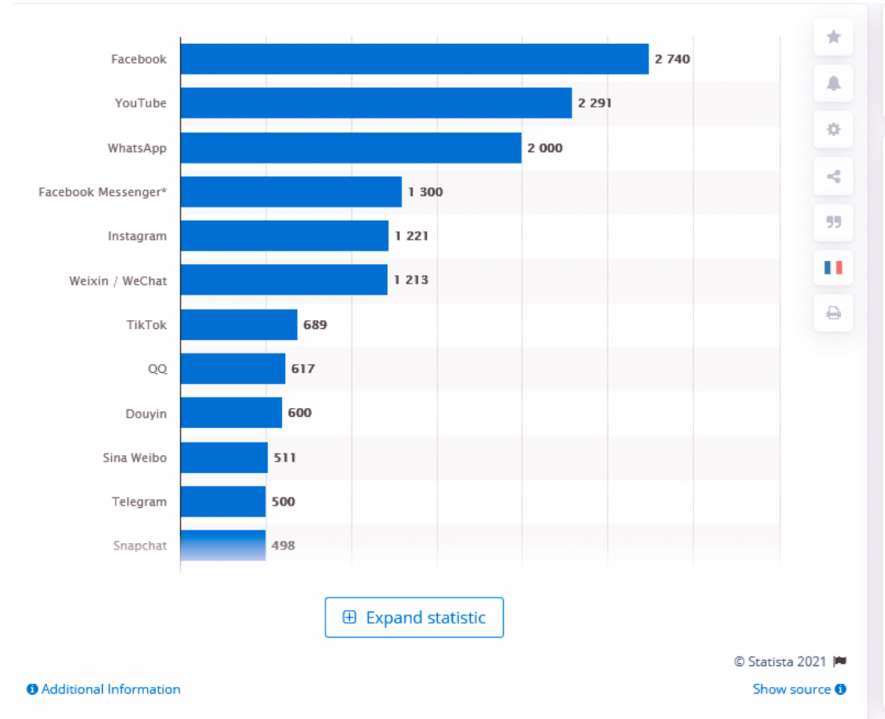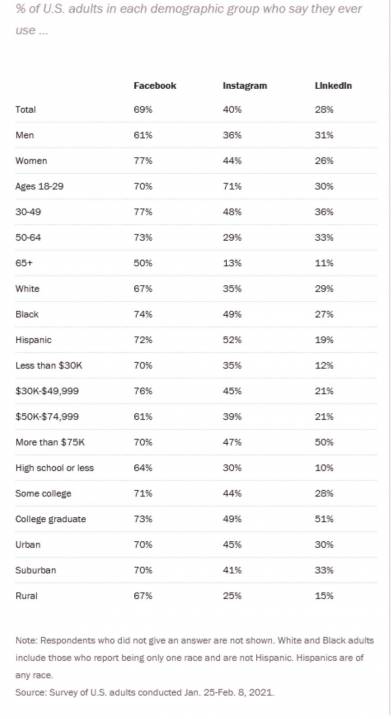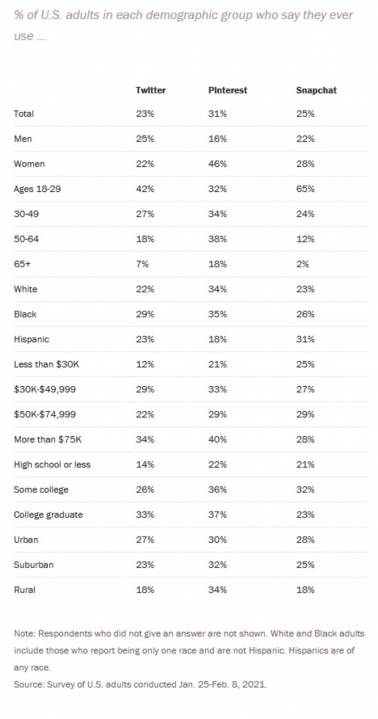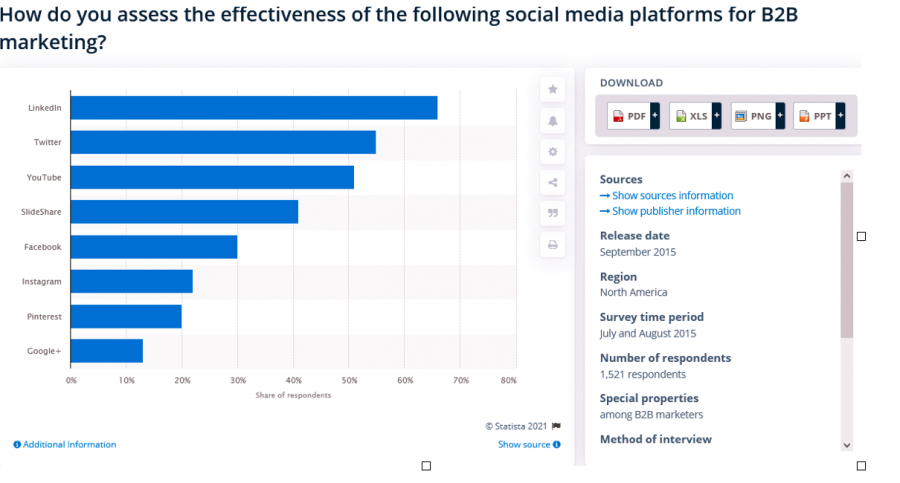Are you getting a lot of employers visiting your LinkedIn profile, but you don’t hear from them? Avoid these LinkedIn mistakes when looking for a job.
The platform can serve as the first line of scrutiny for employers of labor to assess an individual’s suitability for a role. What recruiters see or fail to see on your LinkedIn profile can tip the odds against you if your profile isn’t in order.
Nobody wants to be in such a situation. Below are five common LinkedIn mistakes to avoid when job hunting.
1. Avoid Boring and Cliché Headlines
Your LinkedIn headline is the first thing that gets noticed once someone visits your profile. It is also what comes up on Google and LinkedIn on-site searches. It’s like an article headline; it decides whether or not someone clicks through to read your profile.
Unfortunately, some people let LinkedIn fill up their headlines with their job titles. This is not the way to go. Your headline is a unique opportunity to sell yourself, and a job title might not do that well enough.
Instead, you have to be as descriptive in as few words as possible. Avoid clichés and boring stuff millions of other accounts are probably using.
When optimizing your LinkedIn profile, your headline should ideally:
- Describe your primary skills.
- Entice visitors to want to connect with you.
- Portray you as a valuable member of society.
- Serve as a call to action.
There’s a huge difference between a LinkedIn headline that reads “Translator at ABCD company” and another that says “Translator with Marketing expertise for Korean Market.” The first is a job title, while the second is a brilliant pitch.
Image Gallery (3 Images)
To make a headline that sells:
- Use clear and compelling language.
- Use a combination of keywords that visitors would likely be looking for, e.g., “translator” and “Korean.”
- Be precise. No one simply wants a translator; they’ll need a translator for a specific language, e.g., a Korean translator.
- Offer unique value. There are probably thousands of Korean translators, but fewer with marketing skills.
- Be action-oriented. Use words that show you’ve put your skills to use, e.g., “translated” 30,000 pages for the UN, “created” a translation blueprint for a Fortune 500 company, etc.
2. Avoid Getting Too Personal
It can be a bit tricky to draw a clear-cut line between your personal and professional life on social media. Even when you try to do so, the lines can be blurry. As a result, it’s hard to say with certainty what qualifies as personal content and what meets the threshold of professional content.
Always remember, before anything else, LinkedIn is a professional network. So try as much as possible to stick to professional and career-centric content. It’s easy to be roped into sharing a bit of our personal journey masqueraded as a relevant career conversation.
Sure, some recruiters might like to read a bit about how your personal journey influenced your career path. However, writing about how you took a break from work to look after your ailing grandparents starts to cross the line. Irrespective of how you want to package it, if your post highlights more about your personal struggles and less about your career, it probably shouldn’t be on LinkedIn.
However, there are a few exceptions. Recruiters might appreciate reading content about your non-work interests if it can provide them with relevant insights into your persona. For example, talking about your participation in local marathons might help your case if you’re being vetted for a job role that requires fitness. Similarly, sharing content about volunteering to lead a local charity might help exaggerate your leadership skills.
Personal content you share should ideally add a professional value that’s immediately clear to a recruiter. If you have any doubts about whether a post item meets the requirements of professional content, don’t post it.
3. Avoid Indiscriminate Connections
Having a lot of connections can help grow your LinkedIn profile and professional reputation. However, that will only happen if your connections are relevant and valuable. If you’re sending out invites solely for the numbers, you’re doing it wrong. Indiscriminately connecting with strangers on LinkedIn can hurt you in many ways.
Your LinkedIn timeline mirrors the kind of connections you have. When a recruiter lands on your profile, they’ll likely take a look at the kind of posts you interact with. This is what gives them a sense of your interests and what matters to you. If you’re connected to too many people that aren’t relevant to your industry, you’ll most likely be interacting with content that doesn’t add both face and intrinsic value to your timeline.
Also, limiting your connection to the most valuable, like-minded people within your industry can significantly increase your chances of being seen by recruiters. How?
When potential employers search for talents to hire, people within their network are prioritized on the search result pages. This includes 1st, 2nd, and 3rd-degree connections in that order. This means, if you are within the network of professionals who are connected to recruiters, there’s a good chance that you’ll come up in searches whenever those recruiters search for talents.
If in doubt about the kind of people you should connect with, here’s a checklist to guide you.
- Professionals you already know. Maybe, people you’ve worked with or are currently working with.
- Professionals you would love to learn from. These include thought leaders or established talents within your industry.
- People with a lot of key LinkedIn connections within your industry.
- Prospects or people with potential within your industry.
- Close friends or relatives with a professional value.
4. Avoid Showboating
LinkedIn is one of the best professional platforms for promoting your skills. It is the perfect place to sell yourself and lay the foundations for important career moves.
Unfortunately, a lot of users tend to tilt more towards showboating rather than showcasing their abilities. Sure, it’s sometimes tricky to differentiate between the two. However, how a potential employer sees your attempt at self-promotion hinges on a few key presentation details.
Stay modest and treat every post like an interview when promoting yourself on LinkedIn. This means:
- Your choice of words is very important. Avoid words that overly focus on positive labels or qualifiers that overemphasize your status or achievements.
- Acknowledge team members in team achievements; a link to their profiles in your post is a good idea.
- Focus on the hard work involved. “I didn’t break a sweat to do that. It was very easy,” might sound arrogant. “My team worked hard to see that through” sounds more appealing.
- Don’t belittle other people to emphasize your achievements. “Nobody in company XYZ is as good as I am at documentation” won’t elevate you; instead, your post will be seen as mean and dismissive. Avoid comparison in your LinkedIn write-ups.
- When talking about your achievements, try to keep them within a relevant context. Always subtly present the audience with a reason for bringing up your achievement.
- Always focus on what your audience can take away from your skills and achievement. It could be industry insights, best practices, or valuable tips. This will demonstrate your subject matter expertise and your willingness to share knowledge rather than just showing off.
- When showcasing a successful project, try to back it up with evidence. Back up any claim you make with appropriate statistics and proof.
If a recruiter sense that you’re showing off, even with a legitimate achievement, you could be inadvertently demarketing yourself. Nonetheless, don’t let the fear of appearing as a braggart make you undervalue yourself. Instead, own your successes and be as professional as possible.
5. Avoid Highlighting Your Experience Wrongly
How you highlight your experience on LinkedIn can either diminish or emphasize your career progress. Don’t undersell yourself; pay attention to how you highlight your work experience. Here are key points to consider:
- Your work experience isn’t limited to 9-5 jobs. Your experience at volunteer jobs, freelance gigs, and one-off contracts can add enormous value to your profile.
- If you’ve held multiple positions at the same company, it’s good practice to list them all, especially if it highlights your career progression.
- Always give an overview of what your job entails when listing your work experience. However, avoid words like “I was responsible for,” “my job included,” or other variations that seem like a boring list of responsibilities. Instead, use power words like grew, managed, led, piloted, or reduced. These action-oriented words better emphasize the actions you took and the value you created at your previous jobs.
Make LinkedIn Work for You
Making LinkedIn work for you boils down to a few salient details. Get it right, and LinkedIn could be a launching pad for your career success.
Do things the wrong way, and you could be hurting your career progress.
By Maxwell Timothy
Sourced from MUO

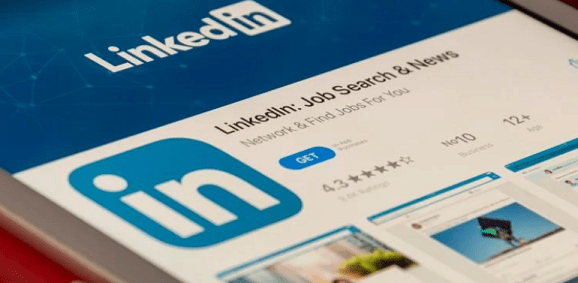









 “It’s the kind of role where you gain a really foundational knowledge of marketing.”
“It’s the kind of role where you gain a really foundational knowledge of marketing.”
